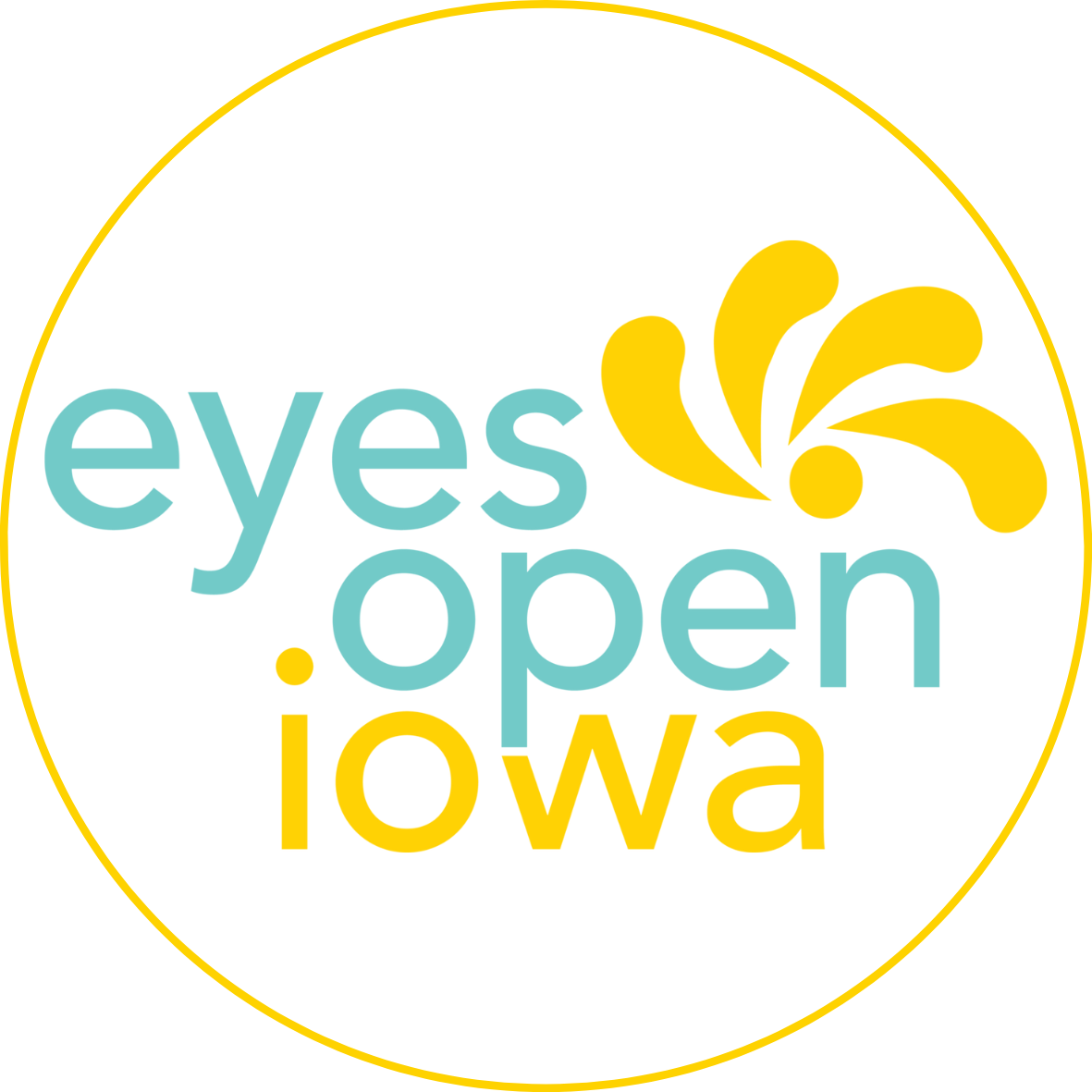How Comprehensive Sex Education Prevents Sexual Abuse
By Kristin Fairholm, Executive Director
We would all like our children to live in a bubble, wouldn’t we? An impenetrable plastic that protects our little ones and teens from the difficulties and sometimes tragedies of being human. But we have to face real life. And with reality comes the possibility of harm and danger. Knowing we live in a world that makes no promises, we must equip our children with the best suit of armor available: EDUCATION.
When it comes to the topic of sexual abuse we may all feel a little nervous and uncomfortable. That’s okay. It is a difficult topic. However, we must press on and confront the stark nature of sexual abuse because it is quietly pervasive in its reach. Sexual abuse prefers silence and secrets. As a parent I would want to know the facts in an effort to stop the abuse. So here I am sharing them with you today. According to recent studies the following is known to be true:
- About 1 in 7 girls and 1 in 25 boys will be sexually abused by their 18th birthday.
- Nearly 70% of all reported sexual assaults (including assaults on adults) occur to children ages 17 and under. Youth have higher rates of sexual assault victimization than do adults. In 2000, the rate for youth aged 12 to 17 was 2.3 times higher than for adults.
- More than 90% of children who are victims of sexual abuse know their abuser.
- As many as 40% of children who are sexually abused are abused by older, or more powerful children.
- Children who live in rural areas are almost two times more likely to be identified as victims of child sexual abuse.
- 45% of pregnant teens report a history of child sexual abuse.
- Males who are sexually abused are more likely than their non-abused peers to impregnate a teen. In fact, several studies indicate that the sexual abuse of boys is a stronger risk factor for teen pregnancy than the sexual abuse of girls.
While the statistics are frightening, comprehensive sex education gives us an effective tool to combat the deafening silence that abuse so loves.
How do we as parents, teachers and community leaders educate our children to prevent sexual abuse?
- Teach Our Children The Proper Names Of Their Body Parts: You can begin this as early as 18 months old. It is just as important to know the name of your vagina or penis as it is to know your elbow or nose. If your children have a correct name for their body parts they will be able to tell you if someone has inappropriately touched those same areas.
- Teach Good Touch/Bad Touch: Learning the difference between good touch and bad touch is an excellent starting point for small children. It helps them identify the differences between what is acceptable and what is not. A child who does not know whether or not someone should be allowed to touch their breasts or buttock will not be able to tell you that he/she has in fact been abused.
- Model And Discuss Healthy Relationships: Show your child what a safe and healthy relationship looks like by modeling it for them on a daily basis. If you engage in an abusive, threatening or submissive relationship, your child will expect such in their own relationship. Discuss verbal, emotional, physical and sexual abuse at age-appropriate levels. Start early and talk often.
- Honor A Child’s Right To Privacy And Personal Boundaries: Never push a child to hug another child or adult even if that adult is grandma or grandpa. Teach them their body is their own. Do not take pictures of your child changing, bathing, or potty training and post to social media. Children must learn their bodies are not for public consumption no matter the intention. Remind your child they should ask for permission before hugging other children. Everyone deserves to have their own boundaries met.
- Make Sure Your Child Receives Comprehensive Sex Education: If your child or student does not receive this information at school, act to ensure comprehensive sex education gets the support and funding it needs. Start with EyesOpenIowa as a resource for your family and community.
- Educate Yourself: Use EyesOpenIowa as a resource to learn more about sexual education and as a starting point to other resources that may inform you about the warning signs of childhood sexual abuse and how to intervene.
- Make Time For Your Child: While it may seem obvious, connecting with your child on a daily basis is of the utmost importance in preventing abuse. Children who are well-connected to their parents are less likely to be abused. Know their teachers, friends and coaches. Ask questions about their day. Remind your children repeatedly they will never get in trouble for telling the truth even about a difficult subject matter. Open and supportive communication naturally lends itself to children who feel safe in reporting the mundane and the menacing.
Every child deserves the right to be safe from abuse. Reduce the risk of harm. Empower your child with comprehensive sexual education. Safety is a decision you will never regret.

